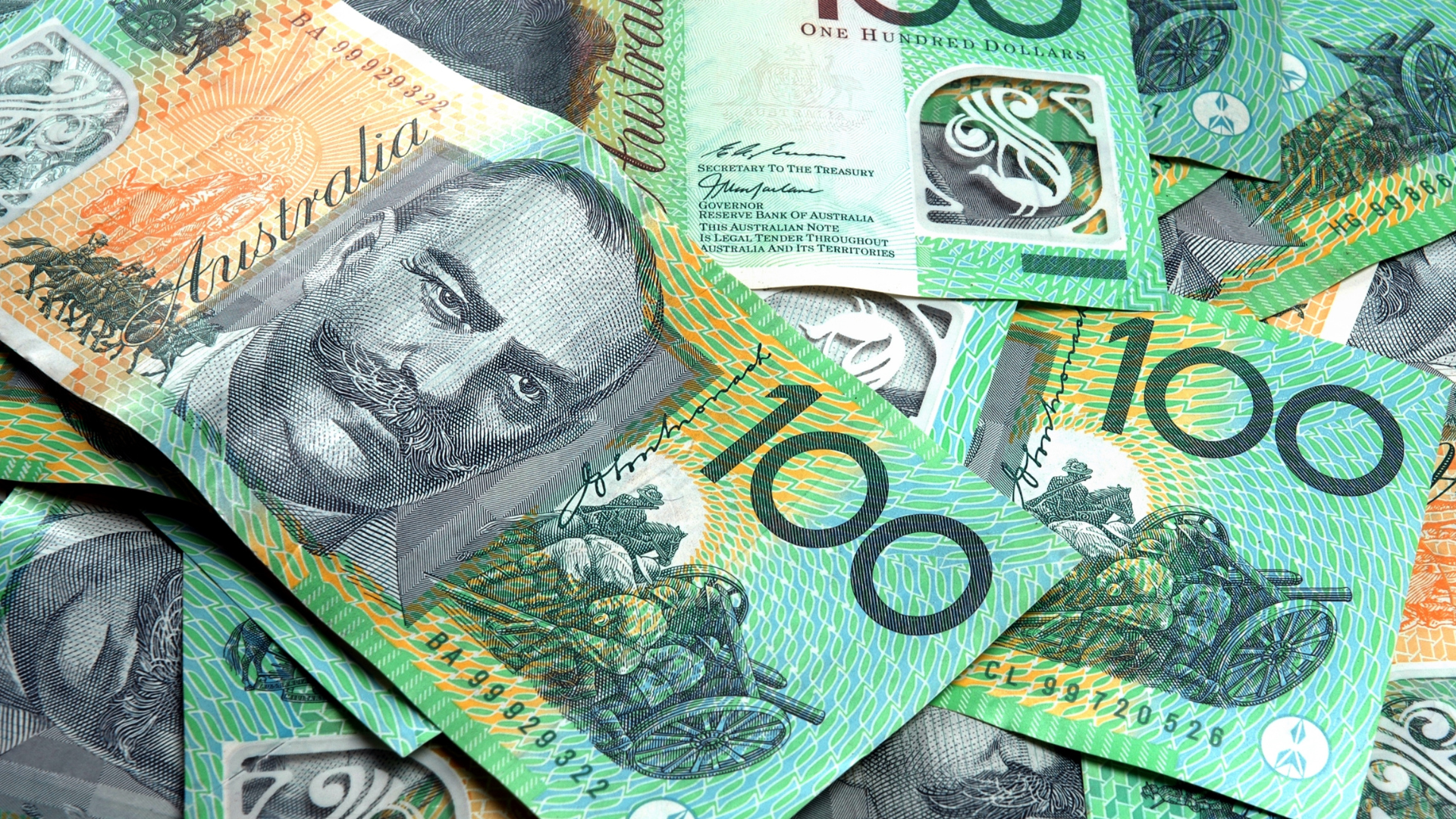The Australian dollar remained under pressure on Monday, struggling to gain traction as investors braced for key U.S. inflation data that could shape the Federal Reserve’s next policy move. With risk sentiment subdued and the US dollar holding firm, the Aussie struggled to mount a meaningful rebound, hovering near recent lows.
Market participants remained cautious ahead of the release of U.S. Consumer Price Index (CPI) data, a key indicator that could influence expectations for interest rates. A stronger-than-expected reading could reinforce bets that the Fed will keep rates higher for longer, further boosting the greenback and weighing on the Australian dollar. Conversely, any signs of cooling inflation could offer some relief to risk-sensitive currencies.
In addition to U.S. monetary policy concerns, weak commodity prices have also weighed on the Australian dollar. As one of the world’s largest commodity exporters, Australia’s currency often moves in tandem with raw material prices. However, recent declines in iron ore and copper, two of Australia’s top exports, have further limited the Aussie’s upside potential.

AUD/USD 1-D Chart as of February 12th, 2025 (Source: TradingView)
Meanwhile, the interest rate differential between the Reserve Bank of Australia (RBA) and the Federal Reserve continues to favor the U.S. dollar. The Fed’s aggressive stance on inflation contrasts with the RBA’s more measured approach, making the greenback more attractive to investors seeking higher yields. This dynamic has kept pressure on the Australian dollar, preventing any significant recovery.
Technically, the Aussie faces key resistance near 0.6550, with further downside risks if market sentiment worsens. A break below key support levels could open the door for additional losses, particularly if risk aversion deepens following the CPI release. Investors remain wary of potential volatility in the coming sessions.
Looking ahead, traders will closely watch the U.S. inflation data and its impact on Federal Reserve policy expectations. With market sentiment on edge, the Australian dollar is likely to remain vulnerable, especially if the US dollar continues to dominate amid global economic uncertainty.













